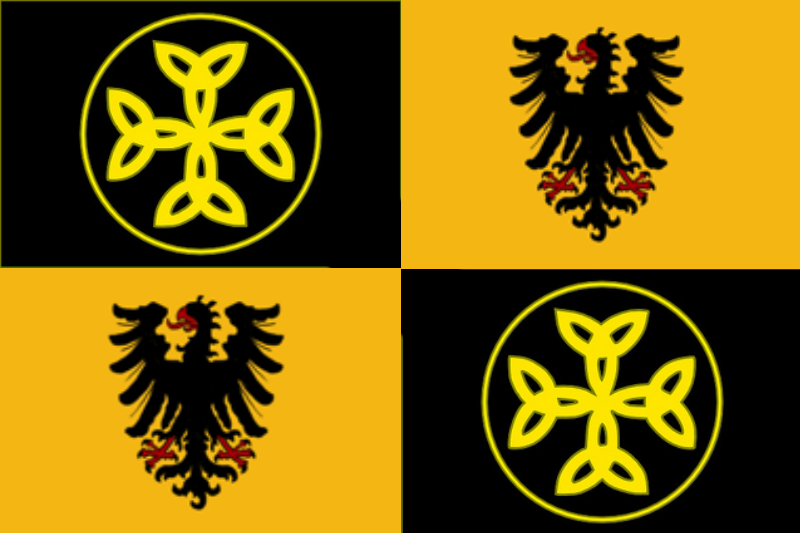

The city was the provincial capital of Germania Superior, and had an important funeral monument dedicated to Drusus, to which people made pilgrimages for an annual festival from as far away as Lyon. Remains of Roman troop ships (navis lusoria) and a patrol boat from the late 4th century were discovered in 1981/82 and may now be viewed in the Museum für Antike Schifffahrt. Mainz was also a base of a Roman river fleet, the Classis Germanica. The castrum was the base of Legio XIIII Gemina and XVI Gallica (AD 9–43), XXII Primigenia, IIII Macedonica (43–70), I Adiutrix (70–88), XXI Rapax (70–89), and XIIII Gemina (70–92), among others. The town of Mogontiacum grew up between the fort and the river. EnlargeAll that remains of the Roman aqueductMogontiacum was an important military town throughout Roman times, probably due to its strategic position at the confluence of the Main and the Rhine. The Drusus monument (surrounded by the 17th century citadel) raised by Drusus' men to commemorate him. The Roman soldiers defending Gallia had adopted the Gallic god Mogons (Mogounus, Moguns, Mogonino), for the meaning of which etymology offers two basic options: "the great one", similar to Latin magnus, which was used in aggrandizing names such as Alexander magnus, "Alexander the Great" and Pompeius magnus, "Pompey the great", or the god of "might" personified as it appears in young servitors of any type whether of noble or ignoble birth. However, it had also become Roman and was selected by them with a special significance. The name appears to be Celtic and ultimately it is. Linguistic analysis of the many forms that the name "Mainz" has taken on make it clear that it is a simplification of Mogontiacum. Main is from Latin Menus, the name the Romans used for the river.

Although the city is situated opposite the mouth of the Main river, the name of Mainz is not from Main, the similarity being perhaps due to diachronic analogy. As related by Suetonius the existence of Mogontiacum is well established by four years later (the account of the death and funeral of Nero Claudius Drusus), though several other theories suggest the site may have been established earlier. The Roman stronghold of castrum Mogontiacum, the precursor to Mainz, was founded by the Roman general Drusus perhaps as early as 13 BCE. Roman Mainz can be traced back to the Roman stonghold Mogontiacum.


 0 kommentar(er)
0 kommentar(er)
